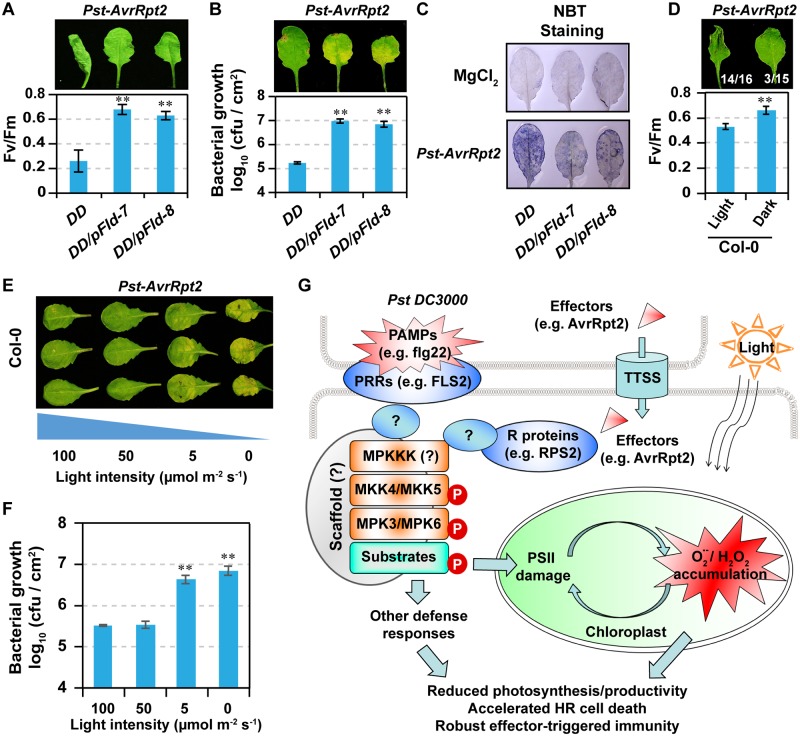Fig 8. Photosynthetic inhibition and light are essential to a robust ETI.
(A) Expression of pFld suppresses Pst-AvrRpt2–induced HR phenotype and PSII inhibition. Soil-grown DD and DD/pFld plants were infiltrated with Pst-AvrRpt2 (OD = 0.02). Photos were taken at 24 hpi. Fv/Fm was measured at 18 hpi. Values are means ± SD, n = 6, **P ≤ 0.001. (B) Expression of pFld compromises disease resistance against Pst-AvrRpt2. Four-wk-old soil-grown DD and DD/pFld plants were infiltrated with Pst-AvrRpt2 (OD600 = 0.0005). Photos were taken at 3 dpi and Pst-AvrRpt2 growth was quantified at 2.5 dpi. Values are means ± SD, n = 3, **P ≤ 0.001. (C) Expression of pFld impairs Pst-AvrRpt2–induced ROS accumulation. Soil-grown DD and DD pFld plants were infiltrated with mock (10 mM MgCl2) or Pst-AvrRpt2 (OD = 0.02). was visualized by NBT staining at 6 hpi. (D) Light accelerates Pst-AvrRpt2–induced PSII inhibition and HR cell death. Four-wk-old Col-0 plants were infiltrated with Pst-AvrRpt2 (OD = 0.02). Plants were kept in dark or under light. Photos were taken at 18 hpi and numbers are ratios of leaves with HR phenotype. Fv/Fm was measured at 12 hpi. Values are means ± SD, n = 7, **P ≤ 0.001. (E and F) Light is essential to plant resistance against Pst-AvrRpt2. Four-wk-old Col-0 plants were infiltrated with Pst-AvrRpt2 (OD = 0.0005). After infiltration, plants were kept under light for 2 h to allow the evaporation of liquid, and then kept in dark or under different light intensities, as indicated. Photos were taken and Pst-AvrRpt2 growth was determined at 3 dpi. Values are means ± SD, n = 3, **P ≤ 0.001. The numerical values used to construct panels A, B, D, and F can be found in S1 Data. (G) Schematic model of MPK3/MPK6 activation-induced PSII inhibition, ROS accumulation in chloroplasts, and the robustness of ETI. AvrRpt2, avirulence effector recognized by RPS2; Col-0, Columbia-0; DD, GVG-NtMEK2DD; dpi, days post inoculation; ETI, effector-triggered immunity; flg22, a 22 amino acids flagellin fragment; FLS2, flagellin-sensitive 2; hpi, hours post inoculation; HR, hypersensitive response; MPK, mitogen-activated protein kinase; NBT, nitroblue tetrazolium; OD, optical density; , superoxide; PAMP, pathogen/microbe-associated molecular pattern; pFld, plastid-targeted cyanobacterial flavodoxin; PRR, pattern recognition receptor; Pst, Pseudomonas syringae pv tomato; PSII, photosystem II; ROS, reactive oxygen species; RPS2, Resistance to Pseudomonas syringae 2; TTSS, type III secretion system.

